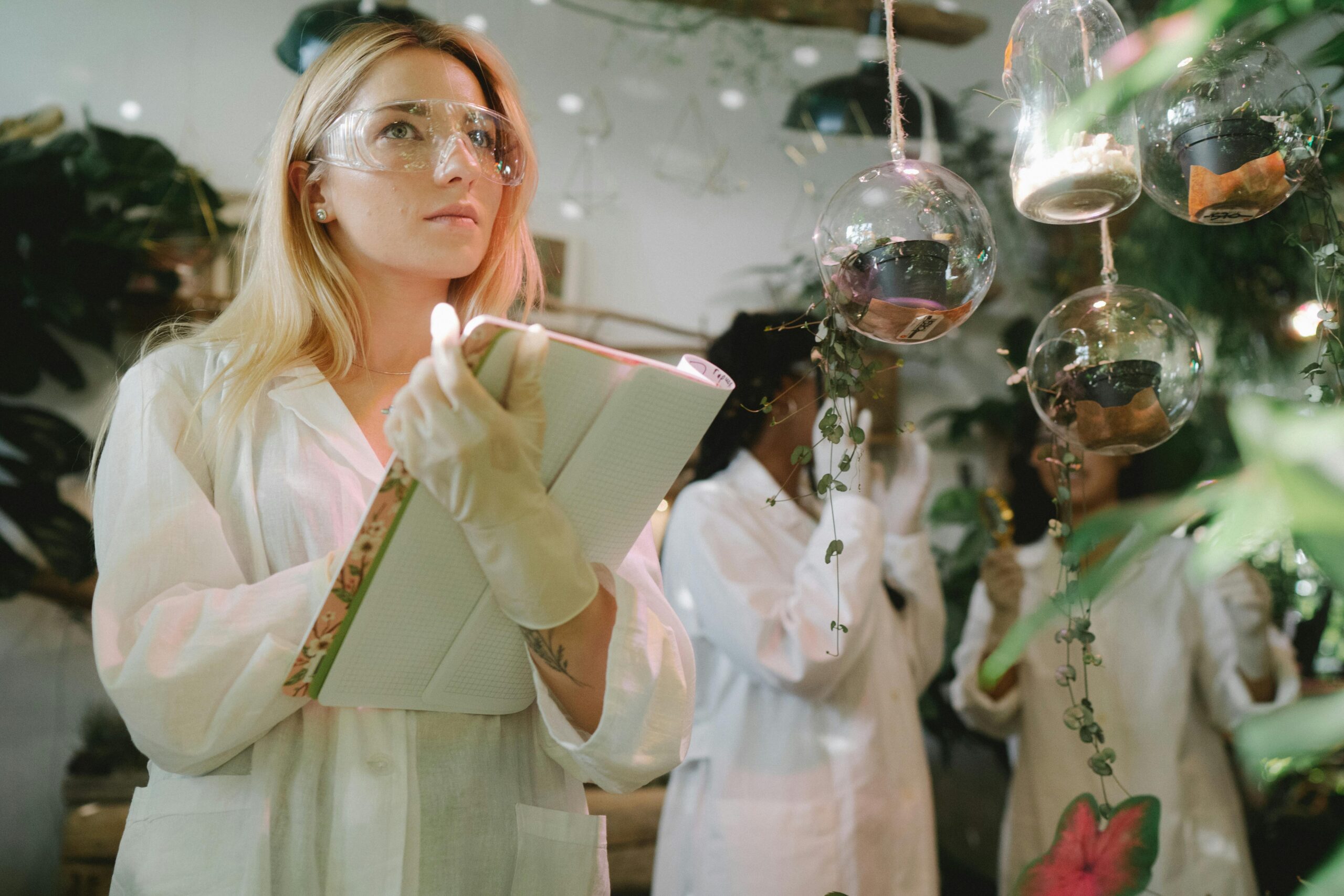Biotechnology isn’t some far-off sci-fi dream anymore—it’s here, rewriting the rules of medicine, farming, and beyond. A 2023 Grand View Research report pegged the global biotech market at a hefty $1.55 trillion, with experts predicting it’ll climb at a 13.96% annual growth rate through 2030. That kind of momentum doesn’t just hint at opportunity; it screams for a new wave of talent ready to jump in and shape what’s next.
Biotech education is rising to the challenge, arming students with the know-how and vision to thrive in this fast-moving world. So, how exactly is it preparing the next generation for what lies ahead?
Learning from the Best
One of the cornerstones of biotechnology education is exposure to cutting-edge expertise, often directly from industry leaders. Students aren’t just memorizing textbook theories—they’re learning from the best minds in the field, including those working at cell line development companies. These companies specialize in creating stable cell lines for producing vaccines, antibodies, and other biologics—processes at the heart of modern medicine.
Through guest lectures, internships, or hands-on projects, students get a chance to look behind the screen and see how theory ideas change to real use. It is not only motivating—it’s a reality check that ties classroom lessons to the real deal, setting them up for what’s ahead.
Building a Foundation of Practical Skills
Biotech isn’t the kind of field where you can fake it until you make it—it demands precision, creativity, and a knack for problem-solving. That’s why education here is all about rolling up your sleeves. In labs, students mess around with DNA, grow cultures, and run experiments that mimic the workflows of professional biotech settings.
Whether they’re tweaking genes with CRISPR or figuring out what makes a protein tick, they’re not just following a script—they’re learning to think on their feet. These practical skills mean they’ll hit the ground running, ready to tackle whatever puzzles the industry throws their way.
Embracing Interdisciplinary Thinking
The future of biotech isn’t locked in a biology bubble—it’s a wild mashup of ideas from engineering, tech, and even moral debates. Schools get that, pushing students to think bigger than one subject. One day, they might be slicing up a genome; the next, they’re coding software to sift through bio-data. It’s this blend that preps them for a world where the coolest discoveries happen when different worlds collide.
For example, designing a new drug might require not just biological know-how but also an understanding of how artificial intelligence can predict its effects. That kind of versatility turns students into all-around problem-crushers.
Fostering Innovation and Entrepreneurship
Biotech education isn’t just about producing employees—it’s about inspiring creators. Many courses include teachings on how to turn an extraordinary idea and bring it to real life, from brainstorming to pitching investors. Workshops on patenting, pitching ideas, and securing funding are becoming common, together with contests that allow learners to show their creativity or new inventions. This shift nurtures a mindset of ownership and risk-taking.
Imagine a student developing a novel way to clean up oil spills using engineered bacteria—education today doesn’t just teach them the science; it shows them how to bring that idea to market. That entrepreneurial vibe is gold in a field where new ventures are set to shake things up.
Preparing for a Changing Landscape
Biotech moves at warp speed—what’s hot today could be old news tomorrow. Education keeps students sharp by emphasizing adaptability and lifelong learning. They dip into trends like synthetic biology or custom meds, so they’re not blindsided by change. More than that, they’re nudged to stay curious, dig deeper, and chase answers on their own.
That agility matters when they might be perfecting a gene fix one year and switching gears to bio-fuels the next. It’s about training them not just for a job, but for a career that evolves with the times.
Connecting to Real-World Impact
Perhaps the most inspiring part of biotechnology education is how it ties learning to purpose. Students see how their work can address pressing challenges like climate change, food security, or disease. Classes toss in real-life examples—think drought-proof crops or life-saving therapies—showing them the stakes. This connection to real-world outcomes motivates students and gives them a sense of responsibility. They’re not just preparing for a paycheck—they’re gearing up to make a difference.
Conclusion
Biotechnology education is more than a stepping stone—it’s a launchpad. With top-notch mentors, real skills, a mix of ideas, and a spark for invention, it’s molding students into the trailblazers of tomorrow. As biotech keeps charging forward, these grads will be the ones steering the ship, cracking tough nuts, and dreaming up what’s possible. The future’s looking good—and they’re the reason why.





